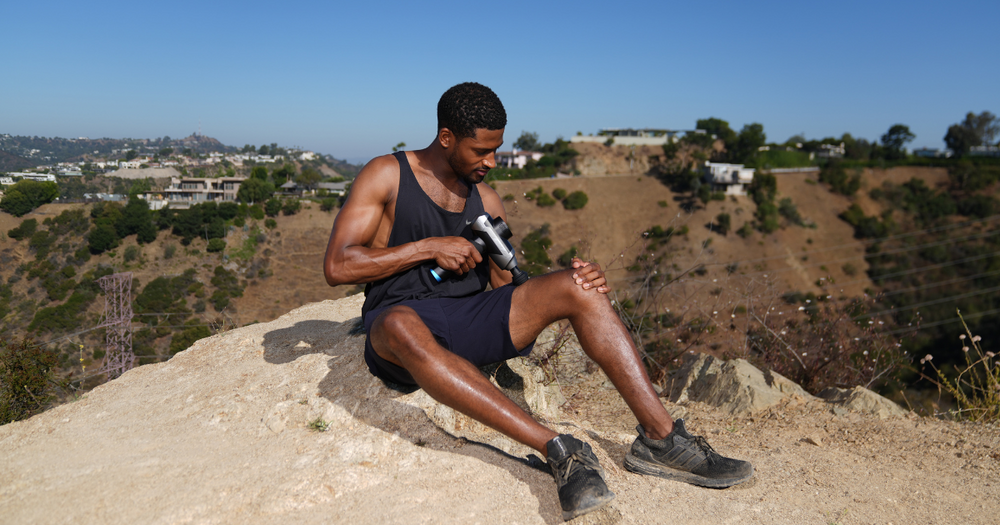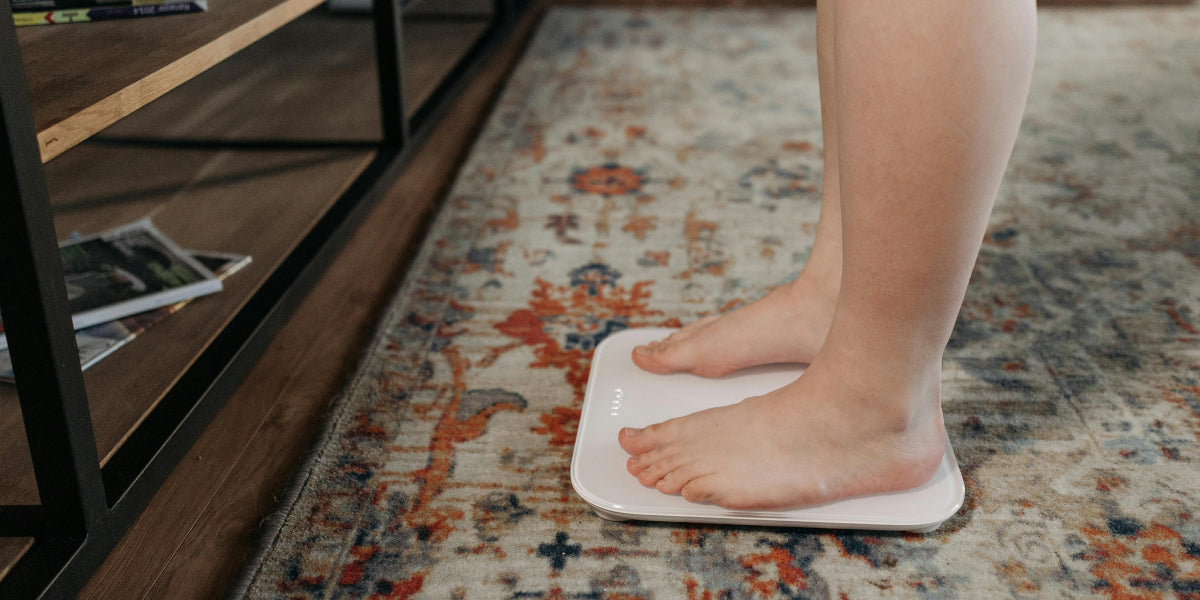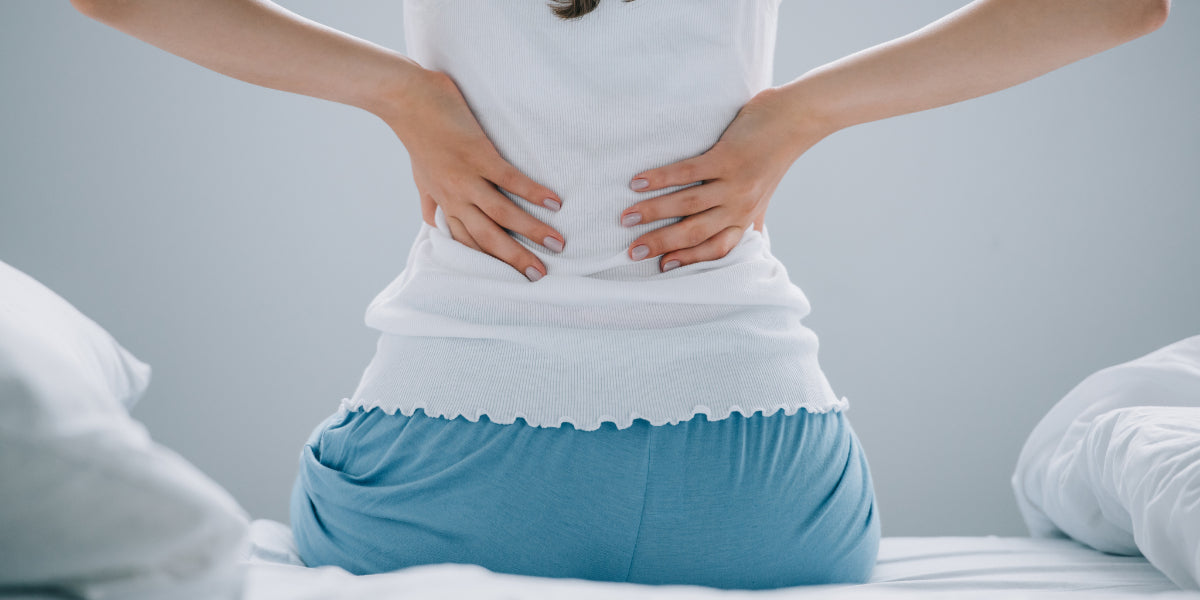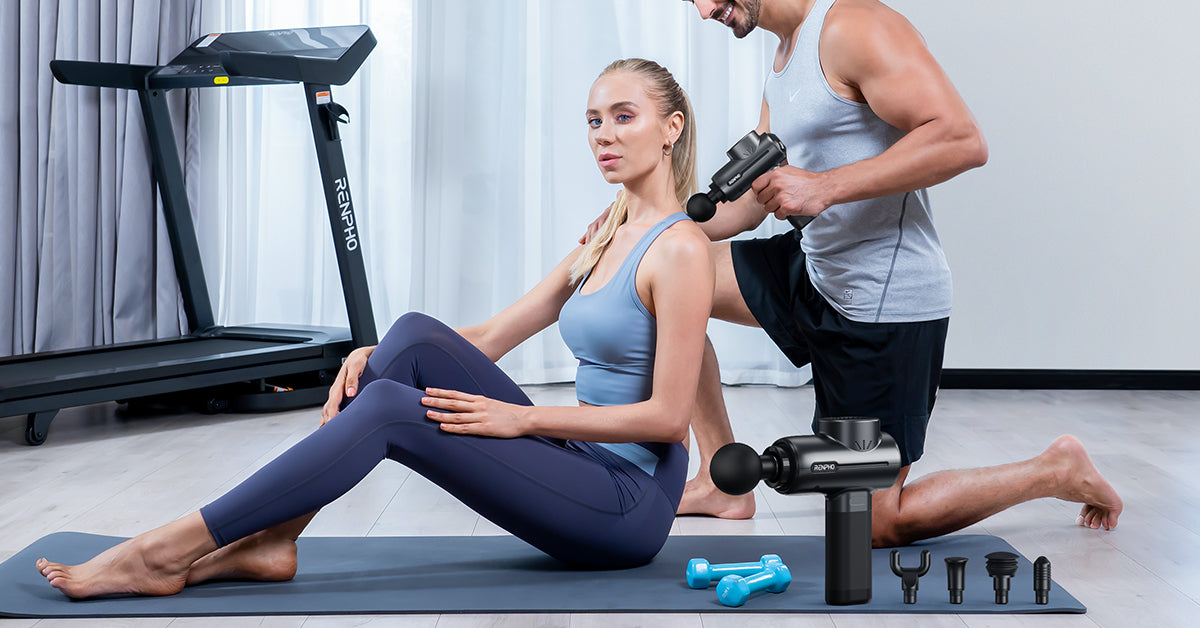Micro-Wellness: The Small Shifts That Create Lasting Change

Stay tuned to our latest news
Let’s pause for a moment—because if you’ve been feeling overwhelmed by the flood of wellness micro-trends, you are not alone.
You scroll through TikTok—early workouts, endless meal prep, perfectly curated routines. It’s inspiring at first, and you’re ready to commit—only to find yourself exhausted, caught in a swirl of rituals, expectations, and reels that feel more performative than personal.
But there’s another way—one built on small, sustainable habits that feel natural, not forced. These subtle, low-friction shifts build real momentum over time.
Welcome to the world of micro-wellness.
Building Small Habits
Stanford researcher Dr. BJ Fogg has spent decades studying habit formation. His insight? We’re wired for routine. Our brains resist radical changes. When we try to overhaul everything at once, our nervous system interprets it as a threat.
Tiny shifts, however, fly under the radar. They are gentle, manageable and far more likely to stick.
The National Institutes of Health likens habits to neural grooves—pathways carved through repetition. That’s why brushing your teeth feels automatic, but starting a new fitness routine feels like running in dress shoes.
And those small shifts? They compound. Five minutes of extra movement daily equates to 30 hours by the end of the year. One glass of water every day totals nearly 3,000 ounces over twelve months.
The Science of Sustainable Change
According to the European Journal of Social Psychology, it takes approximately 66 days to form a habit. Attempting a full-life makeover overnight sets you up to stall before you even start.
Consistency is key. Research from the Journal of Medical Internet Research shows that people who track their progress daily are more likely to stick with healthy habits. That’s why a reliable health tracker like the LYNX Smart Ring doesn’t just track your progress—it reinforces it.
Micro-Wellness in Practice
Movement That Fits Your Lifestyle
Forget the hour-long grind. The British Journal of Sports Medicine confirms that even 30-second bursts of activity can boost heart health.
Try calf raises during your coffee brews. Take the stairs when you're not in a rush. Do wall push-ups during your afternoon slump. These "movement snacks" are just as effective as traditional workouts—and far easier to fit into your day.
Replace One Unhealthy Habit at a Time
No need to purge your pantry. Just make one swap: whole-grain bread instead of white. Almonds instead of chips. These choices offer more fiber, better nutrient density and help regulate blood sugar—all while keeping you fuller for longer hours. It’s not about restriction, it’s about upgrading what’s already familiar.
Hydration is one of the easiest lifts of all. If hitting eight glasses a day feels daunting, start smaller: take a water break instead of a smoke break when stress hits, or set a reminder on your phone.
Recovery You Can Do From the Couch
Recovery isn’t a luxury—it’s a necessity. Whether you’re training hard, working long hours, or simply feeling the wear and tear of daily life, your body needs time to reset. That’s when heat and cold therapy come in.
-
Heat therapy increases circulation, relaxes tight muscles, and helps flush out metabolic waste—perfect for anyone dealing with stiffness or soreness after workouts or long commutes.
-
Cold therapy reduces inflammation, soothes swelling, and accelerates recovery—especially effective after intense physical activities.
Our RENPHO Active+ Thermacool Massage Gun delivers professional-grade heat and cold therapy right from your couch. Just five minutes is enough to revive tired legs, reduce inflammation, and help you bounce back faster—all while you binge your favorite show.
Better Sleep Without Compromises
Sleep is the foundation of wellness—and yet, it’s often the first thing we sacrifice. Micro-wellness is about reclaiming rest through small, intentional shifts.
For those who struggle with falling asleep, waking up groggy or feeling unrested despite a full night in bed, small changes can make a big difference:
-
Dimming lights earlier helps signal melatonin production, easing the body into sleep mode.
-
Removing screens reduces blue light exposure, which disrupts circadian rhythms.
-
Consistent bedtimes train your internal clock, improving sleep quality over time.
According to the Sleep Foundation, consistency beats perfection. Even one small tweak can lead to deeper rest, better mood regulation, and improved cognitive function. Micro-habits like these are especially useful for busy professionals, parents, and anyone whose sleep has taken a backseat to stress.
Minimize Stress in Micro-Moments
We live in a world of constant stimulation—notifications, social media, digital noise. For many, this leads to chronic stress and anxiety. Simple meditative breathing exercises can help reclaim calm amidst chaos.
-
Just three deep breaths can lower cortisol levels, reduce heart rate, and activate the parasympathetic “rest and digest” response.
-
Practicing breathwork during transitions–before opening your inbox, between meetings, or while waiting for your coffee–can create pockets of peace throughout your day.
UCLA's Mindfulness Research Center confirms that even short mindfulness practices can reduce stress hormones and improve emotional resilience. For overstimulated minds, these micro-moments aren’t just helpful, but essential.
Start Small, Start Now
Small habits are the building blocks of long-term wellness. Choose one habit you’d like to improve—and begin today. It could be parking a little farther away from the entrance, drinking a glass of water before your morning coffee or doing a brief meditation before bed.
At RENPHO, we’re here to support your journey every step of the way. From a wide selection of massage guns to MorphoScan, which measures more than 50 metrics, to the powerful Smart Ring, our products are designed to help you stay on track, no matter how “micro” your shift may be.
Explore more and start building a healthier you—one habit at a time.
Sources:
-
Fogg, B.J. - Stanford University Behavior Design Lab - “Habit formation research” https://www.bjfogg.com https://behaviordesign.stanford.edu
-
National Institute of Health - “Neural pathways and habit formation”
https://www.nih.gov -
European Journal of Social Psychology - “66-day habit formation study https://onlinelibrary.wiley.com/journal/10990992
-
British Journal of Sports Medicine - “30-second activity bursts and cardiovascular health” https://bjsm.bmj.com
RENPHO Health Tips
-

How a Daily Foot Massage Can Improve Your Health
April 24, 2025
Read more >
-

Smart Scales and Health: Are They Safe for Everyday Use?
March 24, 2025
Read more >
-

From Tension to Tranquility: How Massage Relieves Pain
March 18, 2025
Read more >
-

Can Reflexology Help Deal With Back Pain?
February 12, 2025
Read more >
-

How to Use a Massage Gun: Safety Tips and Easy Guide
November 8, 2024
Read more >






